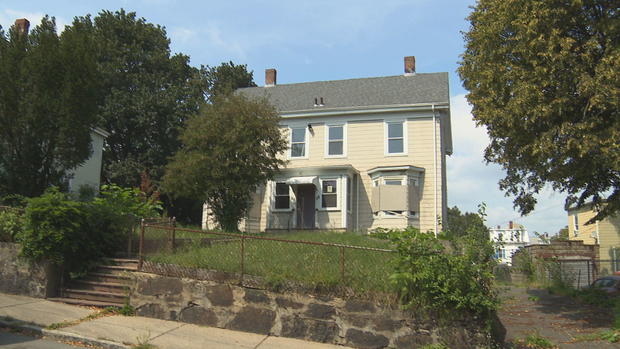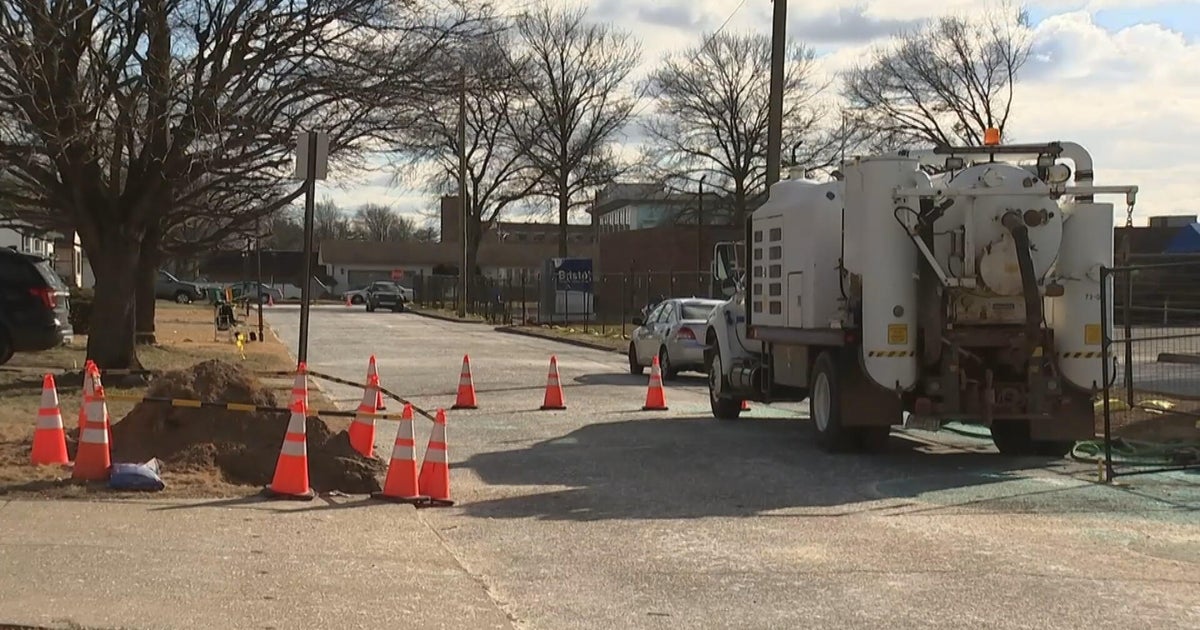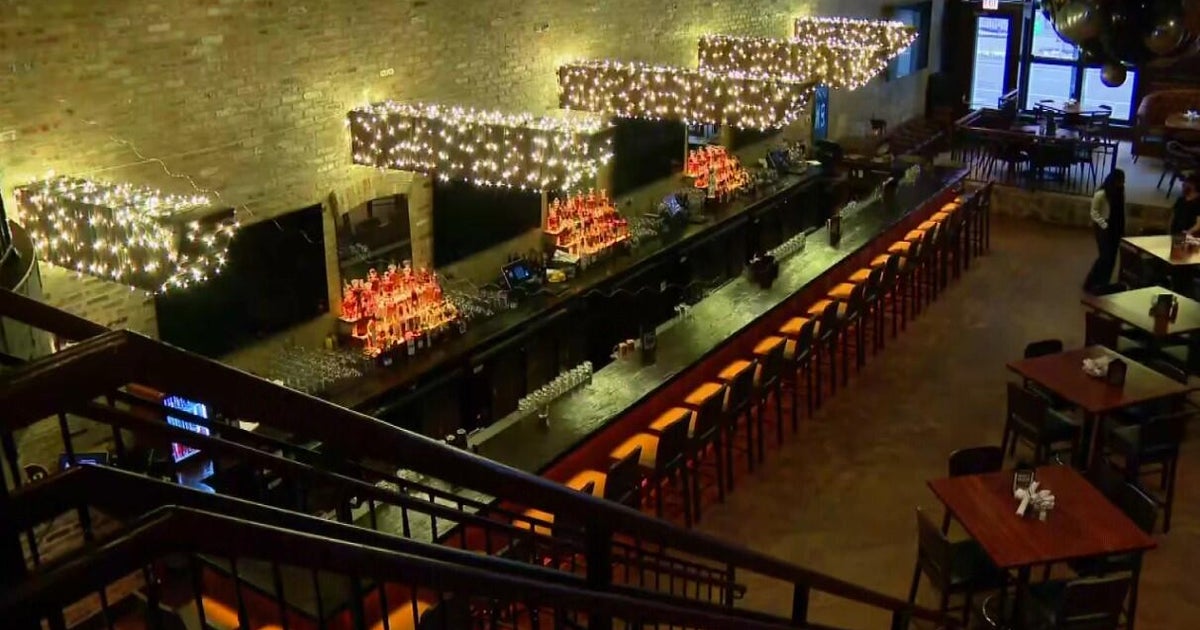Roxbury home tells the story of slavery, Boston and the British empire
ROXBURY - Nestled in a small neighborhood in Roxbury at 42-44 Shirley St. lies a historic 18th-century former stable house.
"That 9-by-9 piece of pine is original, and plaster is original, which is partly what tells you this is not a barn but a stable building and building where people actually lived," Shirley Eustis House Association Executive Director Suzy Buchanan said.
And, as Buchanan explains it, not just any people but slaves who were owned by former Massachusetts Bay Colony governor William Shirley, whose mansion is across the street. "The upper level was for straw and hay, and the enslaved people stayed on this ground floor," Buchanan said.
The stable, built in 1747, is one of the few confirmed sites in the city where enslaved people worked and lived. "There seems to be evidence that enslaved people lived in this building caring for the governor's horses. And that story of enslavement in the 18th century, especially the slave trade within the British Empire, is a story that really hasn't been told fully yet, and this is the place we want to tell that story," Buchanan said.
In 2022, the city conducted an archeological dig in the front yard and one of the artifacts found was this African cowrie shell, which, she says, was used as a form of currency. "Cowrie shells have only been found in sites associated with enslaved people in Boston," Buchanan said.
And the Eustis House Association says there were at least seven people who were enslaved by the Shirley family. "We don't know what they did. The only one we know is a man named Thomas Scipio, who for many years had served as the governor's personal valet," she said.
Buchanan says a developer had plans to tear the duplex home down, but they were able to acquire landmark status for the centuries-old building, along with a $650,000 grant from the city and community preservation committee to buy it back.
Now, the goal is to raise money and implement a plan to restore it with input from Roxbury neighbors and the community and turn it into an exhibit. "Where we honor the lives of the people enslaved under Governor Shirley's estate but also tell the story of the slave trade in the British Empire. And that wealth of empire is built largely on the slave trade, and that's a story that needs to be told in order to understand where we are today and why we struggle today with the problems of racism and social inequity in our country," she said.










